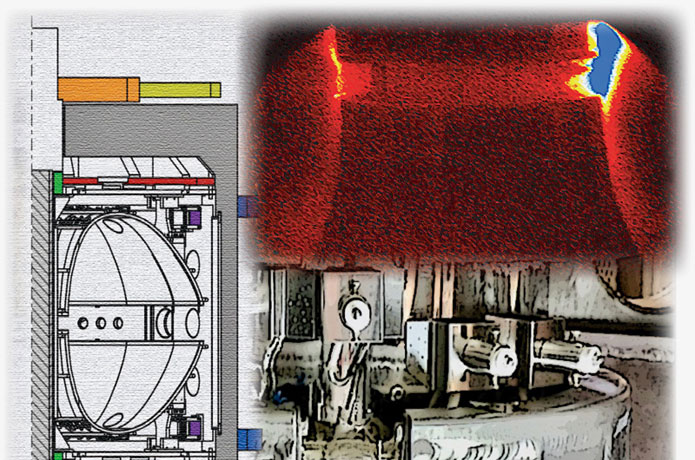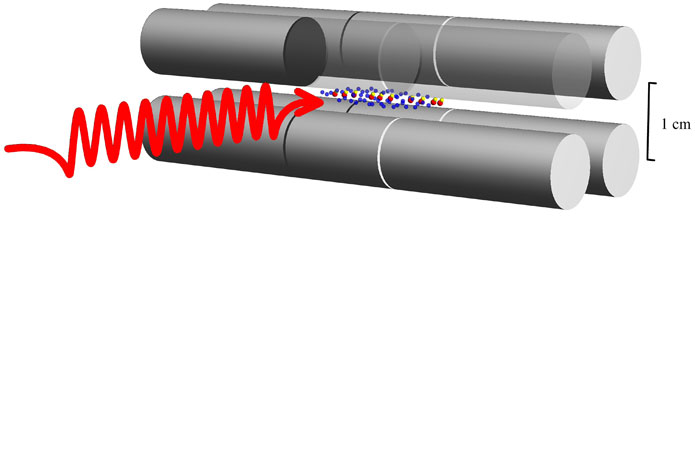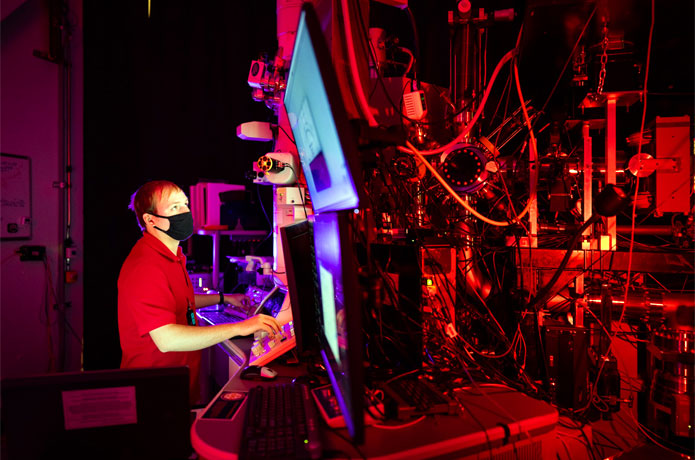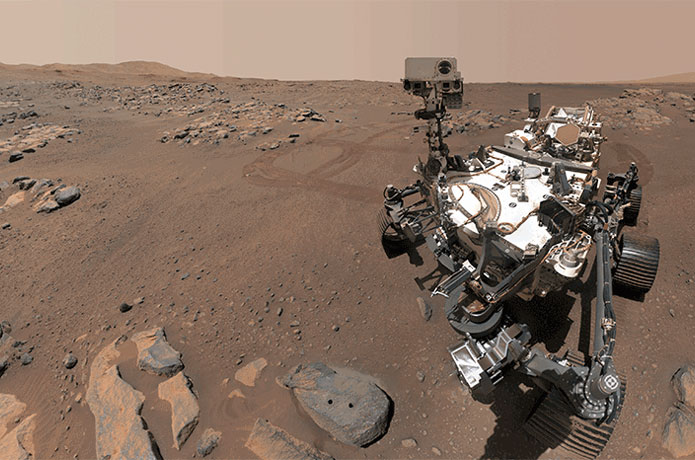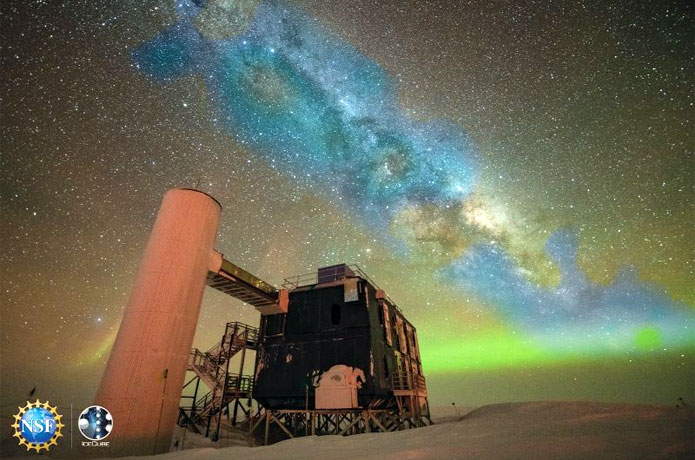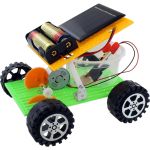GP-B: More Than Just a Pretty Face
- by NASA Headquarters and ScienceIQ.com
 Questions about the ways space, time, light and gravity relate to each other have been asked for eons. Theories have been offered, yet many puzzles remain to be solved. No spacecraft ever built has required such extreme demands on technology and testing. Scientists and engineers have worked tirelessly for more than 40 years developing new technologies just for this mission. Gravity Probe B is
Questions about the ways space, time, light and gravity relate to each other have been asked for eons. Theories have been offered, yet many puzzles remain to be solved. No spacecraft ever built has required such extreme demands on technology and testing. Scientists and engineers have worked tirelessly for more than 40 years developing new technologies just for this mission. Gravity Probe B is
Also, Gravity Probe B sports the world's most spherical gyroscopes. Measuring the curvature (geodetic effect) and
GP-B was built in a class 10 clean room, so the entire craft wouldn't be subject to particles larger than a single micron that could disturb the delicate components. If Albert Einstein were alive today he'd be relaxing in his easy chair, pipe in hand, very calmly awaiting the results of this historic mission and probaby marveling at the technology it takes to probe his 89 year-old theory.

